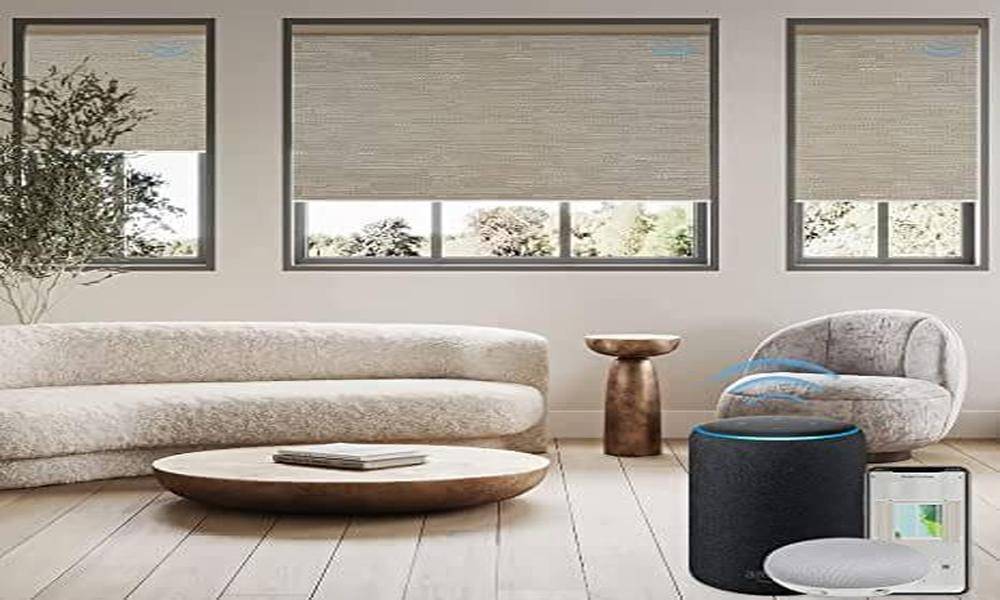Smart blinds can significantly improve energy efficiency in your living space through their automated features and integration with smart home systems. Here’s how smart blinds can help:
Light Control: Smart blinds allow precise control over the amount of sunlight entering your living space. By automatically adjusting the blinds based on the time of day, sun position, or programmed settings, you can effectively manage the amount of natural light. This helps reduce the need for artificial lighting during the day, saving energy and lowering electricity costs.
Insulation and Energy Loss: Smart blinds also contribute to insulation and prevent energy loss. When the blinds are closed, they create a layer of insulation between the window and the interior, reducing heat transfer between the indoor and outdoor environments. This insulation helps maintain a more stable indoor temperature, reducing the workload on heating and cooling systems and promoting energy efficiency.
Energy Usage Insights: Some smart blind systems provide energy usage insights and analytics. They can track and display data on how much energy you’re saving by using automated features and adjusting the blinds. This information can help you make informed decisions about energy usage, identify patterns, and further optimize your living space’s energy efficiency.
What Features and Functions Can You Control with Smart Blinds?
Smart blinds offer a range of features and functions that can be controlled through various methods. Here are some common features and functions that can be controlled with smart blinds:
Opening and Closing:
The most basic function of smart blinds is the ability to open and close them remotely. This can be done through a smartphone app, a voice assistant, or a dedicated remote control. With a simple tap or voice command, you can adjust the position of the blinds to let in or block out light as desired.
Adjustable Slats or Vanes:
Many smart blinds come with adjustable slats or vanes, allowing you to control the angle of the blinds. This feature enables you to fine-tune the amount of light and privacy in your space. You can adjust the slats to let in diffused light or close them completely for maximum privacy.
Motorized Operation:
Smart blinds are equipped with motorized systems that automate their operation. This eliminates the need for manual adjustment and allows for precise control. You can program the blinds to open or close at specific times of the day or in response to certain conditions, such as sunlight intensity or temperature changes.
Integration with Smart Home Systems:
Smart blinds can integrate with popular smart home systems and platforms, such as Google Home, Amazon Alexa, or Apple Home Kit. This allows you to control the blinds using voice commands or include them in routines and automation sequences with other smart devices in your home.
Remote Access:
With smart blinds, you can control them remotely from anywhere using your smartphone or tablet. This feature is convenient when you’re away from home but want to adjust the blinds for security or energy-saving purposes. You can also check the status of the blinds to ensure they are in the desired position.
Light and Temperature Sensors:
Some smart blind systems come with built-in light and temperature sensors. These sensors can detect the intensity of sunlight or changes in temperature and adjust the blinds automatically. For example, the blinds can close when the sun is at its brightest to prevent excessive heat or glare, or open to capture natural light during colder periods.




